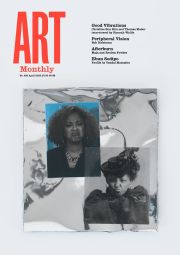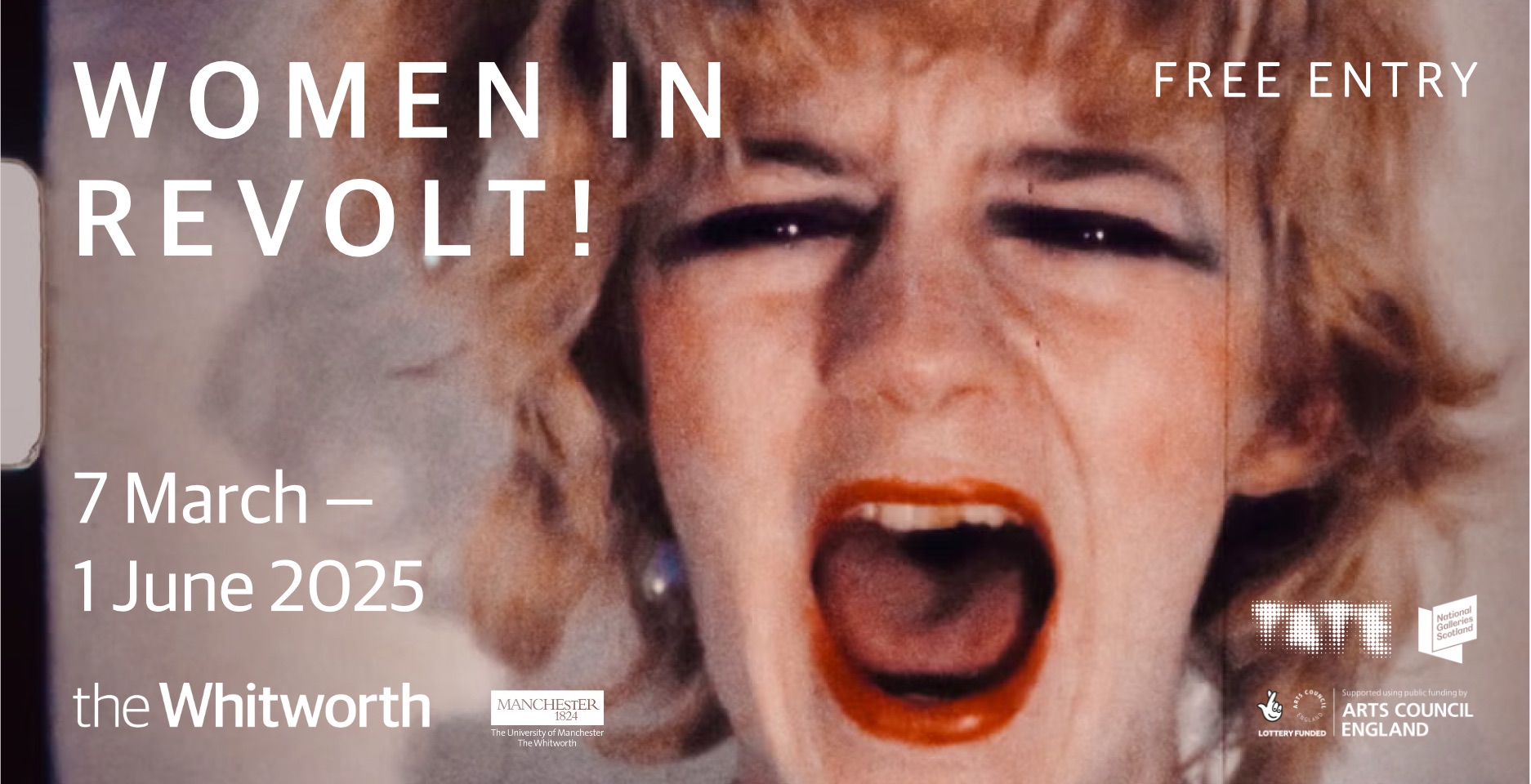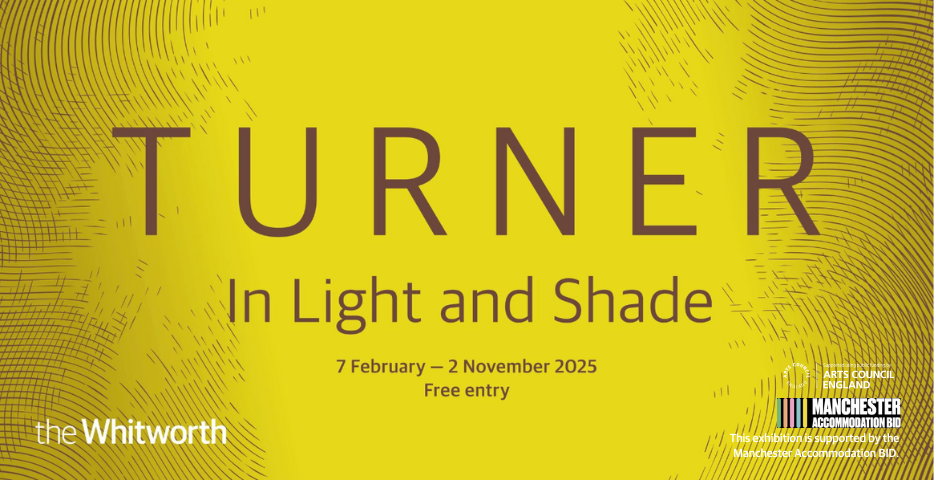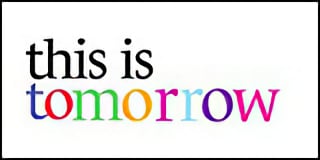Film
The Stimming Pool
Maria Walsh surrenders to an experimental film that explores the idea of an ‘autistic camera’
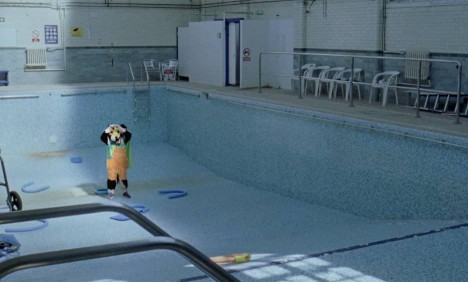
Steven Eastwood and the Neurocultures Collective, The Stimming Pool, 2024
The Stimming Pool is a 67-minute experimental documentary co-directed by the Neurocultures Collective (Sam Chown Ahern, Georgia Kumari Bradburn, Benjamin Brown, Robin Elliott-Knowles and Lucy Walker, all of whom are artists and creatives who identify as autistic) and Steven Eastwood, a well-established artist-filmmaker. The film was made using a co-creation model which involved each member of the Neurocultures Collective working with Eastwood to direct their own scenario within the film, the goal being to make a film in which autistic individuals are both subjects and authors. Eastwood only appears in the film as a silent participant in a workshopping scene in which co-director Benjamin Brown, who is a filmmaker and curator, takes the steering role. The independent ‘chapters’ are not signposted as is common in participatory documentaries, though I did not find this a problem once I surrendered to the film’s undulating pace. Although the constant segueing from one sequence to the next and back again is sometimes baggy, the film nonetheless envelops viewers in a perceptual drift that suspends the strain of extracting knowledge. We do learn things about autistic experiences, but any information is embedded within the flow, while occasional motifs from each directors’ sequence intersect with other ‘chapters’, gently nudging us into making loose connections between them.
For a viewer familiar with Eastwood’s previous films, such as Buried Land from 2010, his guidance is intuited especially in the trope of a ‘film-within-a-film’ and the performative blurring of fact and fiction. In one of the opening sequences, Robin Elliott-Knowles, who runs the B-Movie Fan Club at the Electric Palace Cinema in Hastings, introduces an audience assembled there to a ‘lost’ horror film, warning them of its goriness. Given that we do not see this ‘lost’ film until much later, it is as if his comment is a humorous meta-commentary on The Stimming Pool itself, which is billed as challenging neurotypical assumptions. When the film club sequence is reiterated, we see the ‘lost’ film, a two-minute animation made by Elliot-Knowles called The Dying Moon that features an American Yankee from the Civil War who encounters blood-thirsty ghouls. A poster for The Dying Moon is glimpsed in some of the other directors’ sequences, while a border collie named Chess appears in a book being read by a mother and child as they, along with co-director Sam Chown Ahern, wait in an NHS clinic. The character retrospectively refers to Lucy Walker’s sequences in which she appears costumed as the dog, with Chess watching over neurodivergent artists like a protective spirit guide.
In the NHS clinic, after a 360° pan, the camera stops to focus on Sam as she fills out an autism assessment questionnaire. She voices the questions aloud, humorously reflecting on them in an enunciative address that prompts the viewer’s inner yes/no responses to questions such as: ‘Do you speak in a robotic voice when giving a lecture?’ The most engaging test – largely because of its reflexively cinematic ‘film-within-a-film’ trope – is when Sam dons an eye-tracking device that is used in diagnosing autistic spectrum disorders. She is asked to watch some films on a laptop, initially of crowds walking in a city, while the tracking program translates her eye movements into red dots that are superimposed on the films and vary in size depending on her attention. This live topology of Sam’s viewing creates an interesting disjunction for the viewer whose own eye movements both follow the red dots as well as their own gaze, neither of which might be attending to that which supposedly attracts neurotypical viewers – ie faces and drama. The camera then zooms in on the film playing on the laptop. Filling the screen, it becomes the film we too are watching, though now perhaps a little differently.
The press material claims that the film explores the concept of an ‘autistic camera’ and what it might offer to cinematic perception. My perceptual experience of the eye-tracking sequence reminded me of minor theories of film, such as Leo Bersani and Ulysse Dutoit’s, which attend to things ‘to the side’ of dramatic narrative. The Stimming Pool encourages its viewers to look obliquely. A recurring character wearing a blue shirt often appears at the edges of the films-within-the-film. This character is the star of Georgia Kumari Bradbury’s sequences. It is no surprise that these stand out as explicitly performative given that the character is played by An(dre)a Spisto, who, under the moniker Dre, is a performance artist and neuroqueer clown; after a day’s work in a busy office where their masking of autistic traits takes its toll, they arrive home and cavort on the floor and across the kitchen furniture with a mix of exhaustion and release, comedy and intensity, watched over by an actual border collie.
All characters and members of the collective eventually assemble in an abandoned empty swimming pool for a stimming rave, stimming being the repetitive gestures or actions that soothe autistic individuals when stressed and which are stymied by the ‘neurotypical’ world. Rather than being a display of their unleashing, however, the image is shown upside down, and the camera revolves on a frontal axis to wipe out every second shot in the sequence. Repurposing tropes from 1970s experimental film, this strategy formally preserves a space of privacy for the performers/directors while also enabling off-screen perceptions of other worldviews. Rather than cordoning off neurodivergence as an exclusive identity, The Stimming Pool mediates access to how worlds are shared both differently and in common, the awareness of which is crucial to a flourishing society.
The Stimming Pool by Steven Eastwood and the Neurocultures Collective was at the London Short Film Festival on 24 January 2025 and released in cinemas across the UK on 28 March 2025.
Maria Walsh is reader in artists’ moving image at University of the Arts London and author of Therapeutic Aesthetics: Performative Encounters in Moving Image Artworks.
First published in Art Monthly 485: April 2025.

